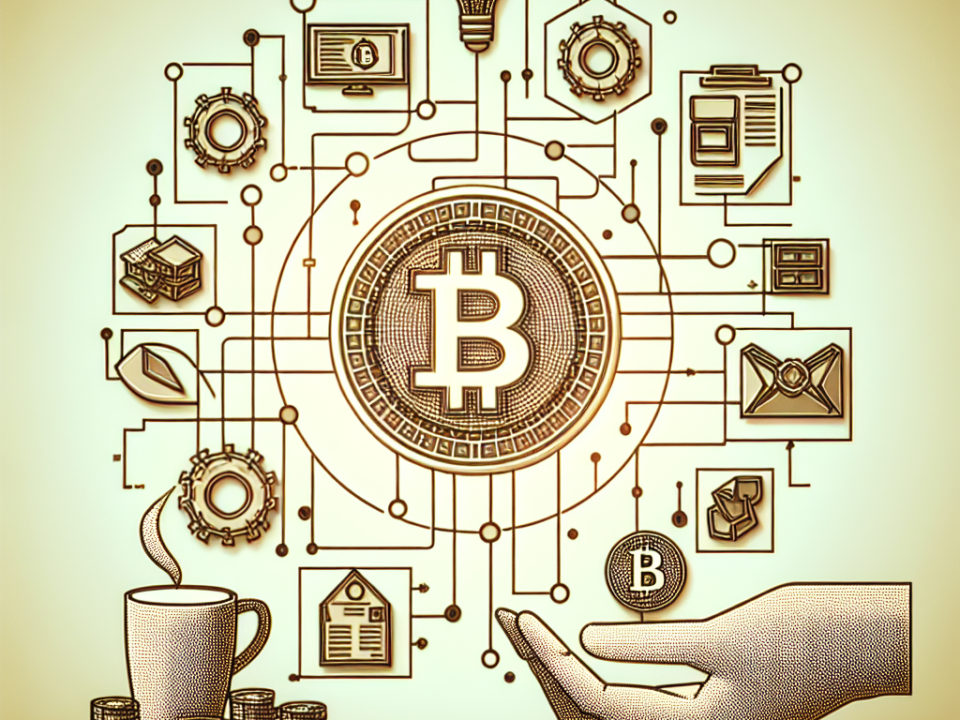
Understanding Feasibility Studies: Traditional vs. AI-Driven Approaches
November 26, 2024
AI Applications in Business Strategy, Design, and Decision-Making
December 17, 2024The ability to collaborate and innovate is critical in today’s digital world. More organizations are realizing AI’s potential to enhance their capabilities. However, the tricky part often involves creating the right motivation and incentivizing such partnerships. Along comes tokenized incentives, mechanisms that inspire cooperation and fuel business development with the power of AI.
Understanding Tokenized Incentives
Tokenized incentives mean a digital asset or currency created using blockchain technology and applied to incentivize certain behaviors over others in the network. Unlike traditional rewards, tokenized incentives are easily transferable, tradeable, and verifiable to guarantee transparency and confidence among members. Most commonly used within decentralized finance (DeFi) and non-fungible token (NFT) contexts, the use of tokenized incentives is being further extended in many sectors, including AI, to establish collaborative networks that fuel growth.
Building Collaborative Networks
- Decentralization and Trust: Tokenized incentives eliminate intermediaries by allowing participants to engage directly, fostering a more collaborative environment. Blockchain’s inherent transparency ensures that all transactions are verifiable, building trust among users, which is critical for collaboration.
- Better Contribution Recognition: In traditional collaborative scenarios, many contributions remain unseen and thus result in disappointment. Token systems provide a means of incentivizing all participants according to their involvement and the value created, making sure everyone feels valued and thus more motivated and committed to collaborative projects.
- Networking Opportunities: Tokenized platforms can often facilitate seamless interactions among a diverse set of users, from startups to large enterprises. This creates an enriching ecosystem for the sharing of ideas, resources, and co-innovation in pursuit of AI solution development to resolve common challenges.
Driving Mutual Growth
- Shared Benefits: Through tokenized systems, the benefit of successful collaboration can be directly accrued to stakeholders. As AI projects scale, the tokens associated with them rise in value, creating value for everyone involved true win-win.
- Executive Incentives for Innovation: It could also be that organizations align their strategies for innovation with tokenized incentives, hence teams leveraging AI technologies in the development of products and services that answer users’ needs. These could be groundbreaking results that catalyze business growth across the sector.
- Participation in Governance: Token holders are usually granted voting rights in governance; this makes them more interested in the general direction their collaborations are taking. The participatory approach will increase the likelihood of more innovative AI-driven solutions that are closely aligned with stakeholder interests.
Enhancing Business Development through AI Innovations
- Data and Insights Sharing: Tokenized networks can facilitate secure data sharing, providing AI models with diverse datasets to improve accuracy and efficacy. While businesses collaborate, they can pool their data resources to train AI algorithms, leading to insights that benefit all participants.
- Accelerated Development Cycles: With tokenized incentives, companies can streamline their development processes, incorporating feedback from collaborators into their AI solutions. This agility can significantly reduce time-to-market for innovative products.
- Market Validation: Token-based ecosystems allow organizations to test new AI solutions directly with users, receiving immediate feedback and making necessary adjustments. This iterative approach ensures products meet market needs, enhancing chances of success.
Conclusion
Tokenized incentives revolutionize business collaboration, innovation, and growth by instituting transparency, better recognition, and therefore sharing benefits-real forceful networks driving mutual growth and accelerated development of businesses for AI innovations. As the organization’s journey continues with how tokenized systems confer advantages on their stakeholders, then all could say that this may become truly limitless in various aspects.
———–
References:
- Catalini, C., & Gans, J. S. (2016). “Some Simple Economics of the Blockchain.” National Bureau of Economic Research.
- Lin William Cong, Ye Li, Neng Wang, Tokenomics: Dynamic Adoption and Valuation, The Review of Financial Studies, Volume 34, Issue 3, March 2021, Pages 1105–1155, https://doi.org/10.1093/rfs/hhaa089
- Kshetri, N., 1 Blockchain’s roles in meeting key supply chain management objectives. International Journal of Information Management, 2018. 39: p. 80-89.
- Shannon, C. E. (2018). “The Mathematical Theory of Communication.” University of Illinois Press.
- Yin, W. and W. Ran, Theoretical Exploration of Supply Chain Viability Utilizing Blockchain Technology. Sustainability, 2021. 13(15): p. 8231.



